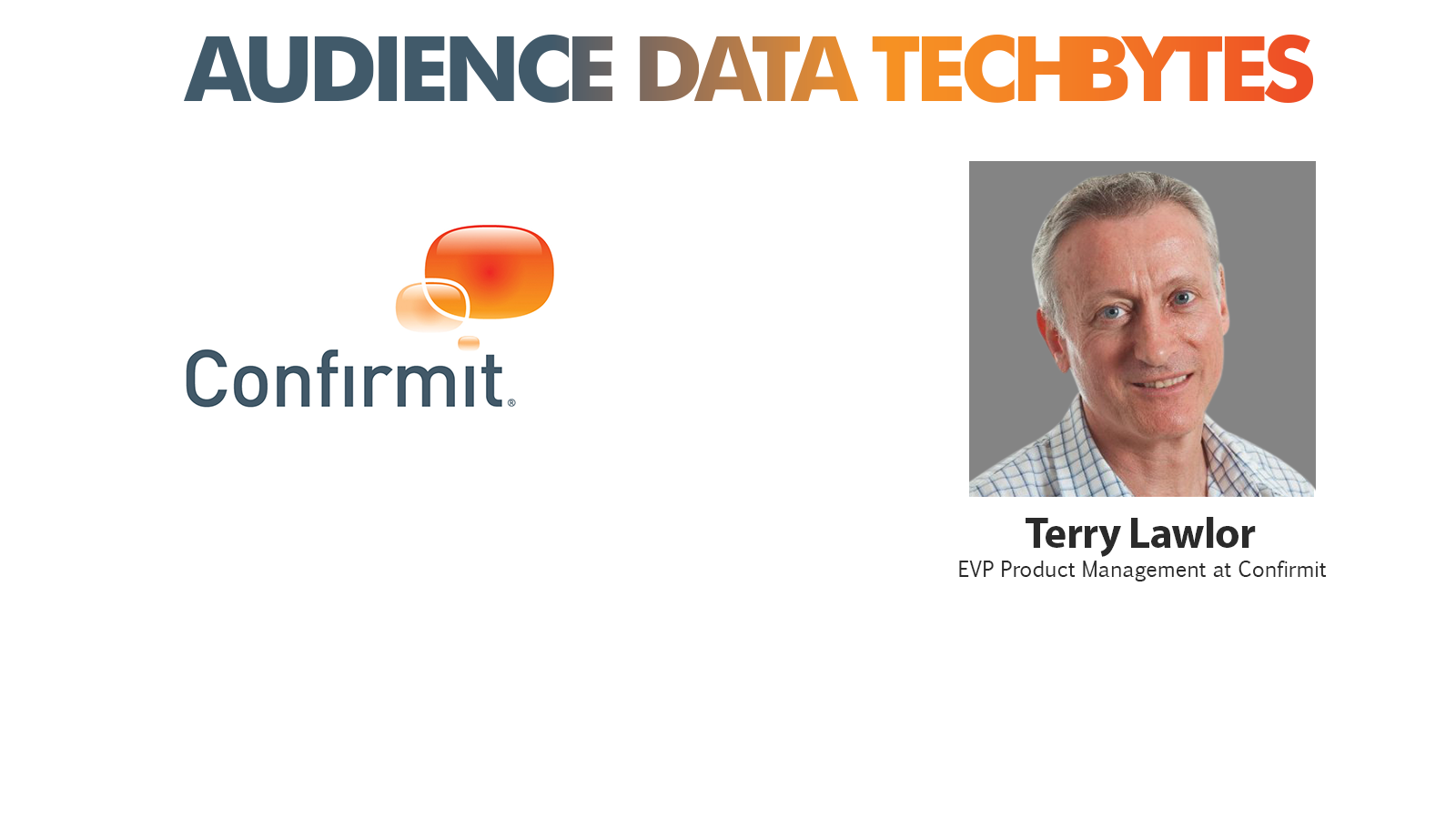The fallout from YouTube’s recent advertising controversies is continuing to reverberate through the marketing community, shining a bright light on the importance of brand safety when purchasing advertisements. While it is important for brands and marketers to create and implement a brand safety policy, many are often unsure of how or where to begin.
Since each business and brand is unique, marketers should be asking the following questions in order to help shape their brand safety policies going forward.
What does brand safety mean to our brand, and what position do we wish to take?
It is important for every brand to have clear definitions and values in place from the beginning to guide future actions. Given the ambiguousness of the term ‘brand safety,’ it is important to create a definition and philosophy that is understood by all members of your executive and marketing teams.
An organization such as Red Bull, which is known for its daring exploits and creativity, may not have as conservative an approach as say, Procter & Gamble. It is crucial for a brand to determine these parameters in order to prevent confusion among its marketing team. While some believe in a one-size-fits all method, it’s best to tailor your brand safety policy to best-fit the values and image your brand wishes to depict in the marketplace.
What technological solutions fit our needs?
Once you’ve defined your brand safety goals it is time to research and implement technological solutions to help monitor and protect your brand out in the wild. When evaluating your options, you should consider whether you are going to only implement one solution, or a layered approach.
Due to budgetary concerns, or simplicity, some brands will choose to only implement one brand safety solution. If this is the case, you should consider a software that provides the best analytics and insight which will give a clearer overview on your brand as a whole. However, the benefit of a layered approach is that it can cover far more ground and plug holes faster than a single-system just can’t.
The current one-solution approach to brand safety is like using a hammer to kill an ant. The problem with a one-size-fits all approach is that brand safety is not binary, and there is either too much or too little brand safety. Just like a power meter, the range of acceptable brand safety will differ greatly depending on the company.”
That being said, the ultimate goal of either approach is to protect your brand and provide results.
How can we be sure that we are actually protecting our brand?
Once you’ve selected and deployed your technological solution, it is important to be able to justify the progress you are making towards your brand safety goals, and that all these efforts and solutions are actually protecting the brand. Otherwise, you are just spinning your wheels and wasting money.
A brand safety program’s analytics and dashboard functions can prove that you are meeting the requirements of your brand safety definition. By checking fluctuations over time, you can keep track of whether your are progressive or regressing towards your goals.




Comments are closed.